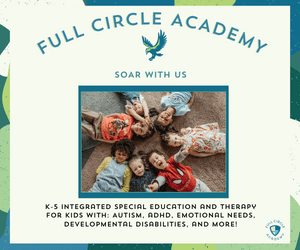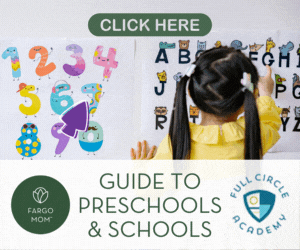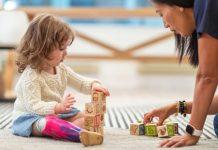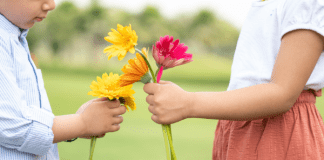Child Abuse Prevention
April is National Child Abuse Prevention Month. The Red River Children’s Advocacy Center (RRCAC) in Fargo is presenting this article as part of a 4-part series to help educate on child abuse prevention.
RRCAC’s mission is to facilitate healing and justice for victims of sexual and physical abuse, neglect, and exploitation and to engage the community to protect and support children.*
It can be a scary world out there. So, it is important to educate ourselves on how to prevent child abuse.
Child abuse can include physical abuse, sexual abuse, psychological abuse, neglect, and
exploitation.
Preventing Child Abuse
1. Educate children about their bodies and personal boundaries.
Use the correct names for their body parts and talk about what is and what is not appropriate behavior with their bodies.
Also, encourage children to use phrases that promote consent such as, “Can I give you a hug?” or, “Would you like a hug?” and respect the child’s boundaries about their bodies when they say no.
2. Establish open lines of communication.
Encourage children to talk to a trusted adult if
someone makes them uncomfortable. Work with the child to make a list of trusted adults they are comfortable talking to if someone does or says something that concerns them.
3. Know the signs of abuse.
Be aware of and educate yourself on the potential signs or symptoms of child abuse. Signs and symptoms after experiencing trauma can include unexplained injuries, changes in behaviors at home and/or school, more risk-taking behaviors, sudden changes in personal care or hygiene (i.e. showering more or less than usual).
Also, note that signs and symptoms of child abuse are individualized. So each child may display a multitude of different signs and symptoms. It is crucial to trust your gut if you feel like something is wrong, as some signs may be less obvious than others.
4. Act on suspicions.
If you suspect abuse may be occurring or has occurred, report it to the appropriate authorities immediately.
Look out for patterns of behavior that may be concerning and suggest grooming. This includes giving children special treatment, isolating children from others, promoting secrecy, or desensitizing a child to touch or sexual content.
Educate yourself on warning signs in individuals who may perpetrate abuse.
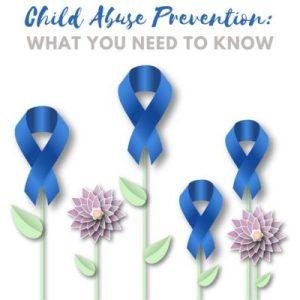
5. Support survivors.
If you know a child who was abused, provide emotional support and connect them to resources for healing and recovery. Supporting survivors shows children they are safe, believed, and cared for as they navigate their feelings and the changes in their lives.
By educating others and ourselves, building open lines of communication, and taking action
when needed, we can work together to prevent child abuse and support survivors on their journey to healing.
And for more information on child abuse prevention, you can visit these websites:






